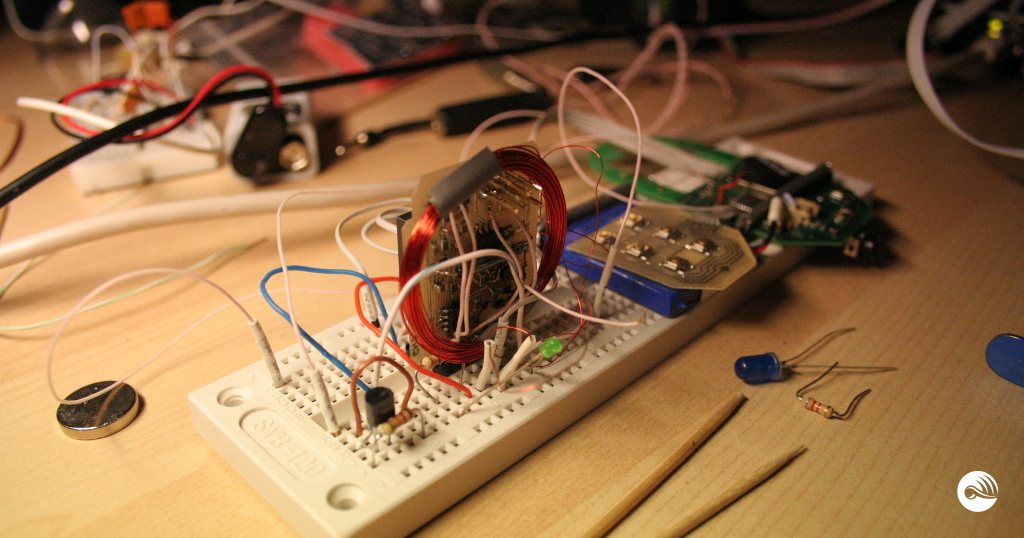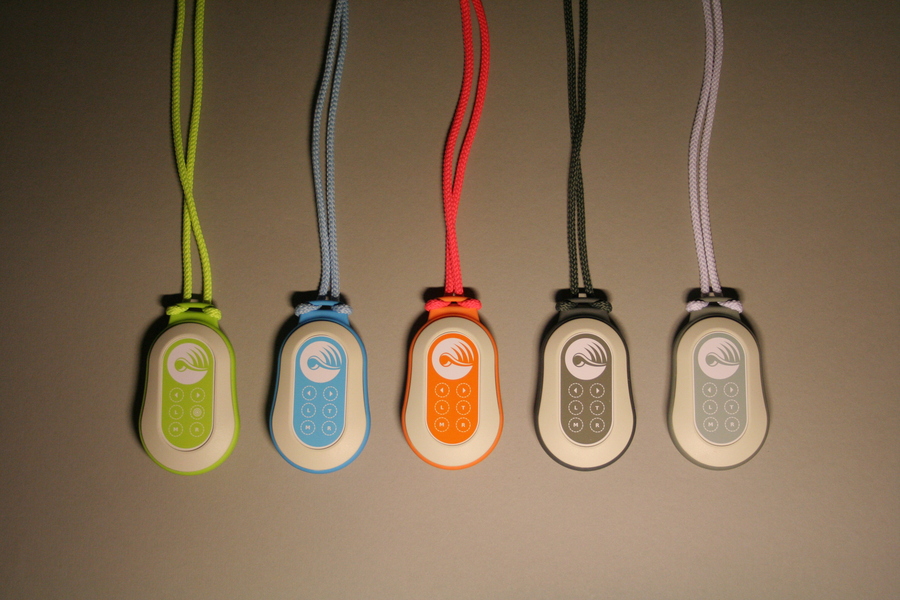The official Electronic Tour Guide project blog

Good news everyone! We are happy to announce the official release of the new hardware version of Electronic Tour Guide. There is completely renewed hardware including new processor, embedded RFID option and interface for additional modules like indoor positioning system and radio broadcaster. Please feel free to send questions and inquiries. We’ll be glad to have new partners and clients in other cities and see people walking with our devices all around the world.
Today is a great day. Because we’re finishing the great stage of developing of new version of ETG hardware. It is an magical NFC and indoor positioning system feature is coming. Soon, my dear readers, you will be able to equip your museums and exhibitions with tags and beacons, which radically extend experience of visitors of your exhibition / museum / city.
Imagine, you’re walking around the city and listening stories about everything around. One moment, being closer to museum that equipped with our tags, you are prompted like “this museum has ETG tags installed and ready for your visiting”. You’re getting in and listening the story about each object demonstrated inside. Isn’t that fantastic?

This is how Electronic Tour Guide RFID tag looks like (blue version). It can be placed near exhibits that you would like to tell.
You won’t believe me. After the 3 month of preparation and polishing of the new add-on for our little gimmicks me and my robo-friend Creaky found the most stupid and ridiculous bug I ever seen. To make the story short: some days ago, when everything was done and new shiny version of PCB layout was ready for fabrication, I decide to go to test device outside, like I did before hundreds of times. That was night and I went to the street romantically surrounded by the shades of trees to make couple of circles around the house and enjoy the night breath… suddenly after couple of minutes of walk I heard the message “battery is down, device going to sleep…” a-a-a what the hell?
I start digging it and have been checking practically everything, without any result. At home everything works just fine, outside — nope! I was repeating this procedure several times invariably with the same result. Only with the advent of the first rays of the sun I’ve got idea to try it in the fridge. And viola, it start switching off :) Attentive re-reading of data-sheets gave me the answer: the ATtiny, which a was planning to use as a co-processor, is a very temperature sensitive. If you don’t use external crystal oscillator, most probably you will get significant changing of frequency, which is a deadly when you need to sync anything.

It is always pleasure for me and my robo-friend Creaky to fund solution or learn something new. Eventually the whole life is a permanent process of learning. However, the worst side of the story is that looks like I need to redesign the whole beautifully created module form scratch :( and it was so elegant…
Hi kids, it is Creaky on the air again. It is a MAX1555 LiPo charging ICs. They are dead. It start to be obvious that it was a mistake to choose them for the first version of devices. Most of them just fried by the charging current, which is, surprisingly, not exceed parameters given in data-sheet. Besides, it is the most yummy and delicious things I ever try! Nyammmm

Bon appetit!
P.S. Actually we was switched to MCP73831 two years ago. This units from old devices that we’ve got for service.

that’s how it looks like :)
Clients of our partners receive 10 and 25 percent off on rent of Electronic Tour Guide.
The discount is so sweet that even Charles IV wanted to get it :)

To do this, we have come up with extra promo-codes to enter in a special field on the site when ordering the device.
To receive the discount, don’t forget to ask a manager or administrator at the reception in partner’s office.
More information about our partners is on the website.
Today and forewer! Form this moment and for a long time (as I hope) we have a Bitcoin cryptocurrency payment option. Check it our on the website!

Every potential partner form other cities asking me, whether we have a color options of our magic GPS audio-guides? Eventually, once and for all to close this topic and to explore opportunities for expanding device’s aesthetic solutions at once, we have made five additional color species.

Henceforth, our partners could choose not only the technical aspects, but also make their version of device more original. In accordance with the symbols and spirit of the city.

You probably have been noticed that now we have a wonderful video on the website, which clarifies various advantages of our ingenious invention.
If you still haven’t seen it — you should definitely see it!
- Firstly, there are original sound content! You can hear how it sounds in reality.
- Secondly, there is everything about the nonlinear narrative auto-focus and interactive prompts, which is a part of our unique know-how.
- Eventually, it’s just a beautiful video showing the true beauty and charm of the city.
And of course, everything is edited entirely in Linux :)
Here is direct link (MP4 video), just in case.
Today looking back, I catch myself thinking that all that experience and knowledge, which I obtained while developing, are of greater value than the immediate result of my efforts. Having a coherent idea of the process and numerous pitfalls accompanying such ventures, I’m seriously thinking of more ambitious project, about which I’ll write maybe a bit later.
As for now, I’ll tell you how the current project was developing step by step…

Katya Klubnikina as a happy tourist with the first prototype of the device.
Part 1. Backstory.
So, some time ago, five years ago to be precise, I decided to completely switch to Linux OS and use it for absolutely all applications that I need for my work. On the one hand, this decision was a result of my thoughts about evolution of electronics and media, on the other hand, it comes from my understanding of a dead end track for “consumer” paradigm. It was also a desire to demonstrate capabilities of open, community-built software tools for work on professional projects, which cover not only software development, but also all sides of a complete audio-visual product development.
It has to be said, that before this project I was engaged in so-called “visual communication” for 13 years, particularly I drew graphic design, shot commercials and made motion design. Later, using bundle of programming knowledge kept from school and student years, I became interested in interactive software development including widening web-industry.
And it would be ok, when all of a sudden…
Pages










